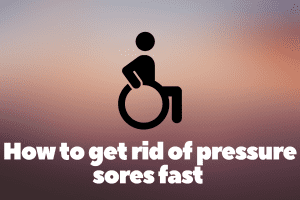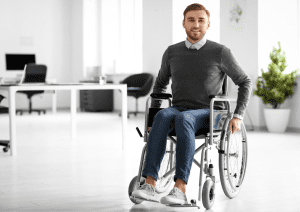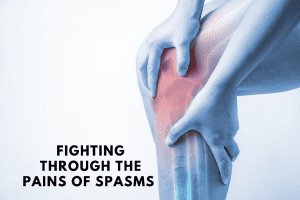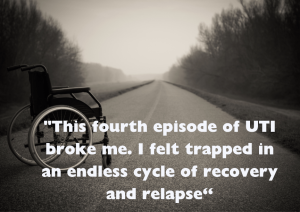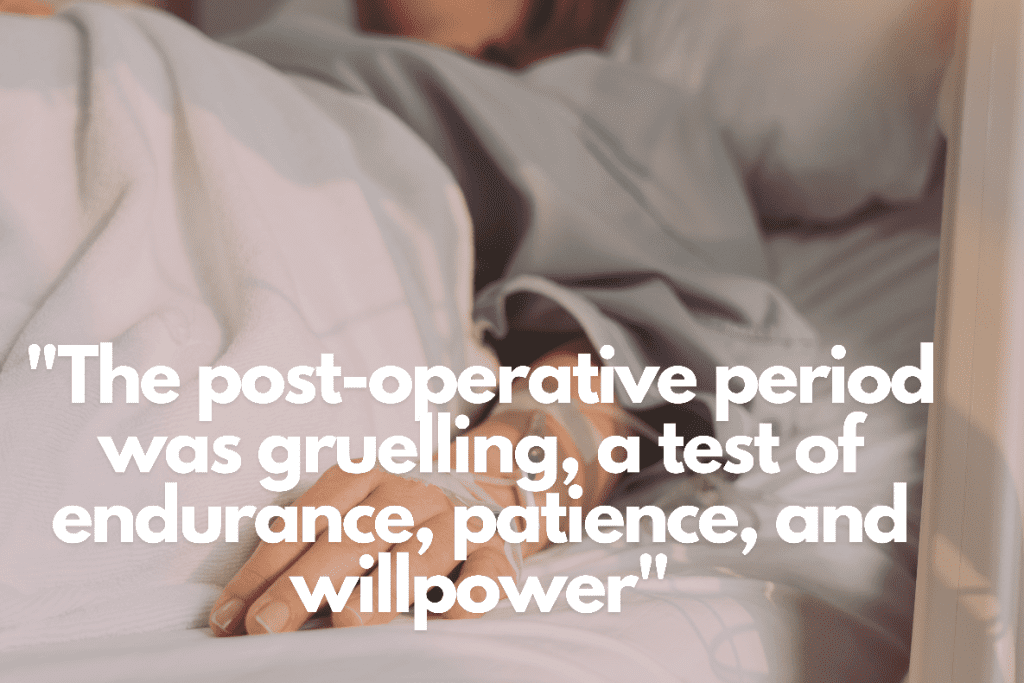
By Scihealthhub – September 16, 2024
This is a personal story of the physical and emotional challenges of my latest pressure (bed) sore surgery, the recovery process and the strategies I deployed to prevent recurrence so far.
In the early years of my spinal cord injury recovery journey, due to a lack of knowledge, I faced several challenges, complications, and instances of mismanagement, resulting in a vicious cycle of recurrent pressure sores and multiple pressure sore surgeries.
Three years ago, I faced a yet another challenge of pressure sore on my buttocks that needed to be treated surgically.
That was the fifth time I was about to undergo pressure sore surgery, a reality that many individuals with spinal cord injuries know all too well.
Yet, despite the familiarity, the thought of another surgery weighed heavily on me.
Would this be the time it finally healed for good? Would I have the strength to endure the recovery process once more?
The surgery went well
My surgeon assured me that on his part, he would do his best to make sure the surgery goes well.
I asked if he could use a type of surgical stitches that is hidden (subcuticular stitches) to minimise scarring. These stitches are placed under the skin, making them invisible from the outside.
The surgeon promised that was exactly the type of stitches he planned to use.
The pre-operative preparations was unremarkable. Of course, anaesthesia was not needed because the spinal cord injury had already caused complete numbness in the area.
After about 3 hours in the theatre, the procedure was done and dusted. The surgery went well. This was a small victory in what felt like an ongoing battle.
My surgeon was optimistic, and for the first time in years, I allowed myself to hope. But as anyone who has undergone surgical treatment for bed sores knows, the true test comes after the procedure is over.
The post-operative period will test your mettle
The post-operative period was gruelling, a test of endurance, patience, and willpower.
For six long weeks, I was confined to bed. No sitting, no freedom to move as I wished—just bed rest.
The first few days were a blur of pain and discomfort, but it wasn’t just the physical pain that I struggled with. The mental toll of being bedridden and the isolation weighed on me heavily. The walls of my room felt like they were closing in, and the days stretched out endlessly before me.
During this time, I had to remind myself constantly of the importance of following my doctors’ advice to the letter. The strict bed rest for six weeks, followed by several days of gradual sitting up, wasn’t just a suggestion—it was non-negotiable for proper healing.
Every time I felt the urge to sit up or thought about cutting corners, I reminded myself that these protocols were designed to give my wound the best chance to heal fully and reduce the risk of recurrence. As hard as it was, sticking to this regimen was non-negotiable.
But in those dark moments, I found strength in the support of my family and friends. They were my lifeline, lifting my spirits when I felt like giving up, reminding me of the bigger picture, and helping me see the light at the end of the tunnel. Their support was as crucial to my recovery as any medical treatment.
A milestone moment: sitting up for the first time
After six weeks, I was finally allowed to start sitting up again—gradually, carefully, under the watchful eyes of my medical team.
My doctors advised me on the proper sitting protocol, which is to begin sitting initially for about 10 minutes a few times per day. Then over 2 weeks period, I am expected to increase the sitting periods by 10-minute until they reach 2 hours, as recommended by experts.
When I started sitting for longer periods, I was taught to do pressure reliefs every 15 to 30 minutes for a duration of at least 30 to 90 seconds. I do this when I’m sitting on the bed, wheelchair, in a car or on other surfaces.
Each minute spent upright was a small victory, a step closer to regaining my independence. And with every passing day, I grew stronger, both physically and mentally.
Now, three years later, I am grateful to say that I have not had a recurrence. The battle scars remain, both physical and emotional, but they are a testament to the strength and resilience that we all possess, even when we feel at our weakest.
This journey was far from easy, but it taught me the importance of perseverance, the value of a strong support system, and the power of following through with medical advice, no matter how challenging it may be.
In conclusion, as I reflect on my journey over the past three years, I am grateful for the success of my last surgical treatment for pressure sore and the unwavering support of those around me.
While the battle against pressure sores is ongoing, I am empowered by the strength I’ve gained from overcoming each challenge.
Every day, I stay vigilant, taking necessary precautions to prevent another recurrence of pressure sores and to protect my overall health.
If you feel inspired by this article, please subscribe to our newsletters and follow our social media handles. Feel free to drop your comments or questions.

